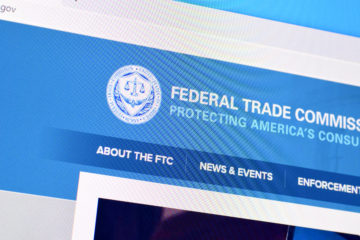Market Institute Presdient Charles Sauer has a new article out in RealClear Health on drug pricing legislation in Congress.
“Once upon a time, a politician noticed that drug prices had risen. They noticed that this rise had affected 66% of their constituents. So, the politician visited the wicked witch of the East and asked her to do something about the problem – she gave the politician a “cure” and sent them out to sell it.
The politician stood on their soap box and did his best, “This oil will cure the itch, the stick, the palsy, and the gout, whatever be your problems the cure will find them out.”
Their constituents bought the cure – and everyone lived happily ever after.
Well, not exactly. While that would be nice, the real world does not work like fairy tales, but the left still wants us all to believe that it does. They want us to believe that they can merely mandate lower drug prices and – BAM! – lower drug prices will be realized. While in some ways that is a great and simple mind-set, believing in fairy tales, the truth is that reforming a market is not that easy.
The Democrats introduced and passed HR.3 out of the House of Representatives earlier this year. HR.3 Does a lot of things, but one of its core elements is a drug price control provision. The bill instructs the Department of Health and Human Services (HHS) to average the prices paid for certain drugs in Australia, Canada, France, Germany, Japan, and the United Kingdom – and, US companies would not be allowed to sell their drug for more than 120% of that average. If a drug manufacturer decided to ignore this new provision, they would be subject to a new onerous tax that would make it unlikely that any of them would even consider non-compliance.
The problem with the idea of price controls – like with anyone that was selling snake oil – is that the solution is all sales pitch with no real relief. In the case of HR.3, the solution is so bad that the cure is worse than the disease.
Drug prices are rising for several reasons. First, drugs are getting better, more effective, and have fewer side effects as research and development gets better. Second, the government has moved its way into the market and made it easier for more and more layers to be added to the system as well. I wrote about this in regard to insulin a while ago, but the addition of middlemen to the drug market has caused some Rx prices to grow at an unacceptable rate, and the entire process is hidden away from the public’s eye.
In fact, when these middlemen can be cut out of the equation the prices drop to something bordering on ludicrous. For example, there is one doctor in Kansas that buys his drugs wholesale and passes the savings on to his patients which in some cases provides a saving of 95%. Doing this he can sell prescriptions at a lower price than even Walmart. What this doctor in Kansas is doing is not magical – it isn’t snake oil – it is just cutting the middlemen out of the market.
But, even given the non-perfect nature of the US Drug market we are still better off when it comes to drug access when compared to the nations included in the HHS mandate. For instance, according to a 2018 analysis from PhRMA while US patients had access to 100% of new drugs on the market to treat respiratory illnesses, Canadian patients only had access to 55% of these new drugs. The same goes for the other countries when looking at new cancer drugs and anti-virals.
Drug price controls have repercussions – they have side effects. If a drug manufacturer is not allowed to sell a drug for a market rate, they are both less likely to sell that drug and even more ominous they are less likely to develop new drugs.”
Read the full piece by Charles Sauer in RCH by clicking here.


